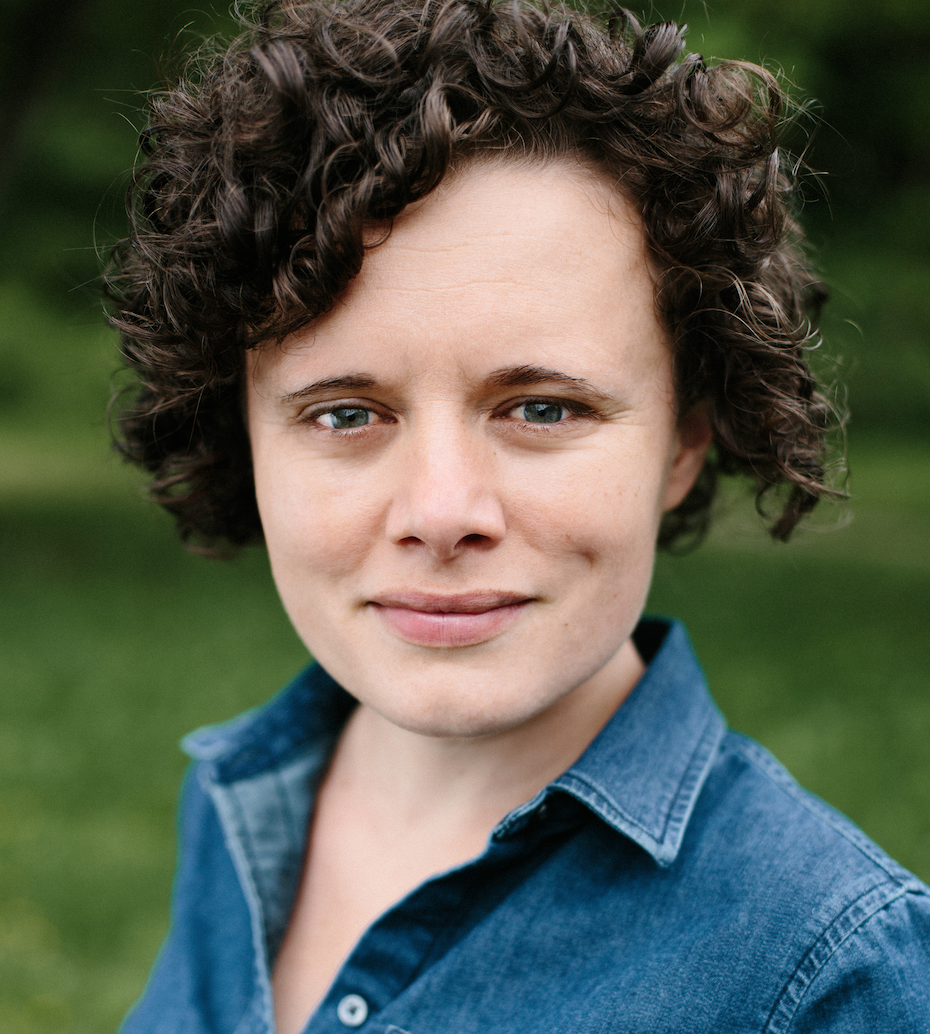After moving the ordinance from the consent agenda, Charlottesville City Council voted on September 3 to adopt ranked-choice voting for its June 2025 primary elections.
Ahead of the vote, former delegate and founder of Ranked Choice Virginia Sally Hudson spoke in favor of the new polling method. During her time in the General Assembly, Hudson was instrumental in introducing and passing the state law allowing city councils to choose ranked-choice voting.
“To use the popular parlance of our time, ‘This ordinance did not just fall out of a coconut tree; we exist in the context of all that came before us,’” she said. “In Charlottesville, that context goes back centuries. I hope that you will join the three founding fathers emblazoned on this building in doing your part to build a more perfect union today.”
Every other public commenter, several of whom were there with Ranked Choice Virginia, spoke in favor of adopting ranked-choice voting for next year’s city council primaries.
Council members registered some reservations about the ordinance but ultimately approved the measure by a 4-1 vote.
“I think people who have concerns about it, I think it’s still in good faith, because any time you’re making a change to the way an election works, it’s a big deal,” said Councilor Michael Payne. “I think Arlington shows that it can be done as long as we’re really committed to doing the education and outreach.”
Councilor Natalie Oschrin, Vice Mayor Brian Pinkston, and Mayor Juandiego Wade also spoke in support of the measure, noting that while it is experimental, adoption has the potential for significant positive impacts and could set a meaningful precedent for other localities.
“This has been framed as an experiment,” said Pinkston, who noted ranked-choice voting has been a topic of discussion for the entirety of his time on city council. “I do feel that there is a strong coalition of folks who are aware enough about this, and this is a high information electorate here.”
Despite overwhelming public support for the ordinance at council meetings, Councilor Lloyd Snook ultimately opposed the measure—casting the sole dissenting vote.
“If this vote were only about ranked-choice voting I would have no qualms about voting yes. But it’s not. It’s about ranked-choice voting and single-transferable voting,” said Snook before the vote. “When I’ve tried to explain all of this to people over the past few weeks, I don’t know that I’ve found a single person who understands the practical effect of this—that you vote for the first person to get elected and [with] your second transferable vote, you only get one and a fraction vote. So you have relatively little influence on who the second choice is.”
While Snook’s understanding of single-transferable votes—the mechanism of ranked-choice voting for multiseat elections in Virginia—is mostly accurate, it slightly mischaracterizes the mechanics.
“Everybody has one whole vote. Nobody gets more power than anybody else,” says Hudson. “The suggestion that somebody gets more votes than anybody else is just flat false.”
To understand single transferable ranked-choice voting, Hudson provides the analogy that “your vote is $1 and you’re going to spend that dollar on your first choice. If your favorite winds up with more votes than they need, then you get change back, and that change goes to your second choice.
If your favorite only needs a third of the votes, but they get 40 percent, then they’ve got more than they need, and your support can go to your second choice as well,” she elaborates. “If everybody’s got $1 to spend, then everybody’s got equal power. If your [preferred candidate receives] exactly a third [of the votes], then your favorite is going to need all of your vote just to win.”
Councilor Snook joined the rest of Charlottesville City Council in appropriating $26,460 for voter education and any hardware or software purchases needed for ranked-choice tabulation.
City council will consider whether to more permanently proceed with ranked-choice voting after the 2025 primaries.
HOW IT WORKS
Proportional ranked-choice voting is fairly straightforward on the voter end, but understanding how votes are tallied can be a bit more complicated.
On the ballot, voters rank the candidates based on preference. Voters do not have to rank all candidates if they don’t want to; their ballot will still be counted. Each voter has one first-choice vote regardless of the number of open seats.
Candidates must reach a “threshold” or “quota” to be elected. For example, in an election with three open seats, a candidate needs to get 25 percent of the electorate plus one vote to be elected. (It is impossible for more than three candidates to meet the 25 percent plus one vote threshold.)
In the first round of tallying, only voters’ first-choice candidates are considered. Once a candidate reaches the threshold, they are elected. If all seats are filled in the first round, the process stops here.
If a candidate exceeds the threshold and there are remaining seats, surplus votes past the threshold are redistributed to voters’ next preference candidate. If there are still remaining seats after redistributing surplus votes, the candidate with the fewest first-choice votes is eliminated. Anyone who voted for the eliminated candidate has their vote redistributed to their second choice. The process then continues until all seats are filled.
